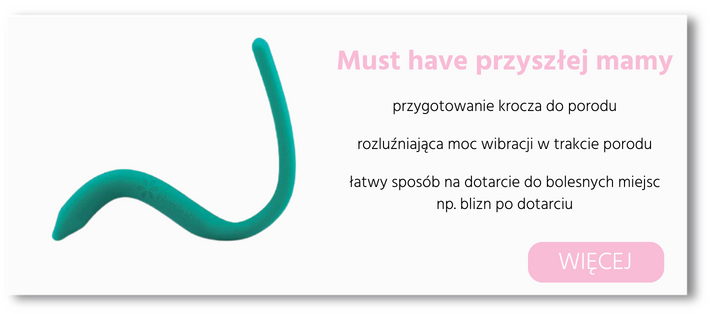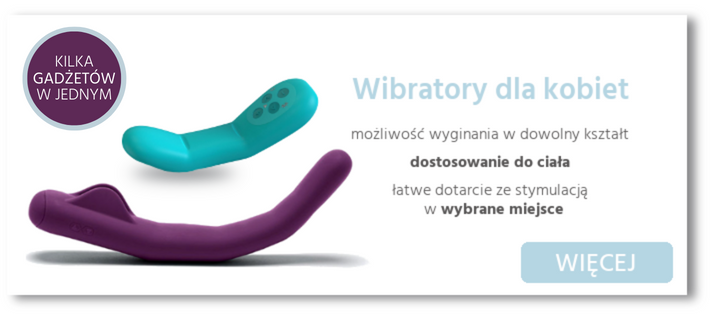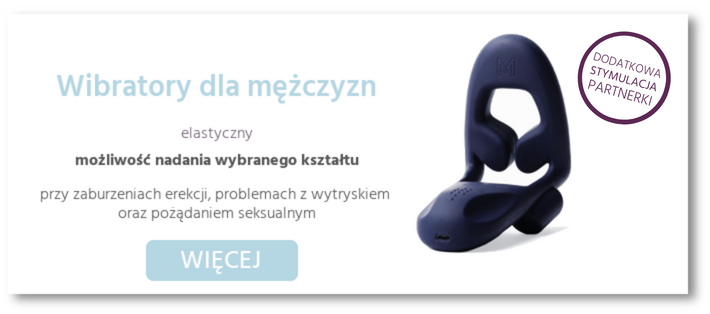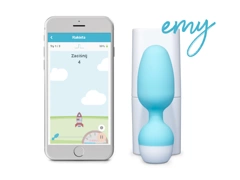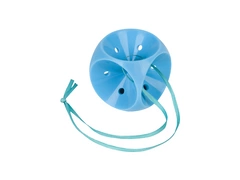The problem of urinary incontinence: causes, symptoms, types
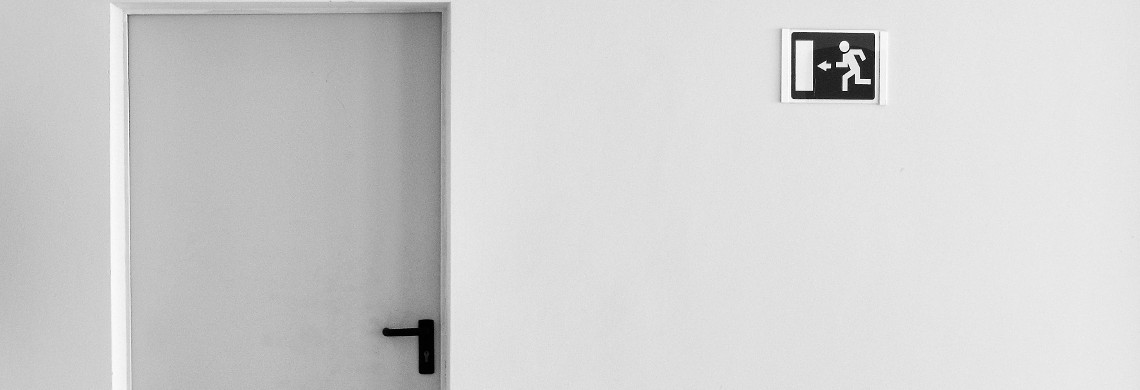
Regardless of age or personal circumstances, every woman can have urinary incontinence problems at some point in her life. Contrary to popular belief, this does not apply "only" to older women and young mothers. In women, urinary incontinence can occur at any time in their lives. There are many factors that contribute to this ailment: physical activity, menopause, rapid weight gain, etc. But one thing is for sure, there are also many solutions that will help in the treatment of urinary incontinence.
WHEN IS IT ESPECIALLY TO TAKE CARE OF THE KEGEL MUSCLES?
PREGNANCY and BIRTH
The pressure of the uterus and bladder on the pelvic floor, incorrect preparation of the fundus muscles for childbirth, and an incision of the perineum can greatly weaken them and make it difficult to return to normal. That is why every woman after childbirth, whether by natural force or by caesarean section, should discuss the condition of the pelvic floor muscles with a physiotherapist or midwife. Then, if necessary, she should choose a solution that allows her to carry out daily pelvic floor muscle training.
MENOPAUSE
The menopause is a stage in a woman's life during which she should take special care of the pelvic floor muscles. Often, after the menopause, we observe the appearance of more or less severe urine leakages. To avoid surgery or advanced treatment, it is recommended to start a muscle rehabilitation session at the first sign of urine leakage or pelvic gravity.
SPORT TRAINING
Some disciplines are conducive to the appearance of urine leakage, e.g. horseback riding, zumba, cross-fit, which are types of activity that cause something like "shock". Keep in mind that a woman who suffers from exercise incontinence may be put off by the idea of practicing her favorite sport. Practicing Kegel exercises in addition to sports sessions can help prevent urine leakage in the future.
HOW DOES THIS COME IN?
Urinary incontinence is a very common disorder in women. Urinary incontinence is defined as the occurrence of involuntary leakage of urine through the urethra.
Sphincter contraction regulates the opening and closing of various channels (urethra, vagina and anus). In the case of a bladder, the pelvic floor regulates the closure of the urethra to prevent urine leakage. This force must be greater than any force that presses against the bladder. Leakage occurs when the pelvic floor is not strong enough. In this case, the sphincter cannot close properly.
Urine leakage can occur for a number of reasons, such as after childbirth or the menopause. To prevent this problem, pelvic floor training is essential throughout your life.

TYPES OF URINARY IMMUNITY
Urinary incontinence is a very common disorder, mainly in women. Urinary incontinence is defined as the occurrence of involuntary leakage of urine through the urethra. There are 3 main forms:
Stress urinary incontinence
Stress incontinence is caused by exercise, coughing, sneezing or laughing: the pressure in the abdominal cavity increases beyond the intensity of the sphincter closure. When the perineum is weakened, this pressure exceeds the closure of the sphincter and leads to involuntary leakage of urine.
This pelvic floor muscle failure is often a consequence of childbirth, but can also be associated with excess weight or a hormonal deficiency during the menopause. It is the most common type of urinary incontinence in women (51.3% of cases).
Urgent urinary incontinence
Urinary incontinence is characterized by involuntary loss of urine, preceded by an urgent and uncontrolled urge to urinate, with no time to go to the bathroom. Urgent incontinence can be caused by cold, letting go of water, e.g. for washing up, or symptom of "key in the lock". It is the rarest type of urinary incontinence (16.8% of urinary incontinence).
Mixed urinary incontinence
There are also mixed forms that associate incontinence with stress or underlying conditions. About one in three women (31.9% of cases) with urine leakage suffer from mixed urinary incontinence.
Regardless of the type of urinary incontinence, know that there are solutions to help you with this ailment! Don't hesitate!






